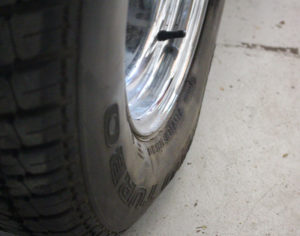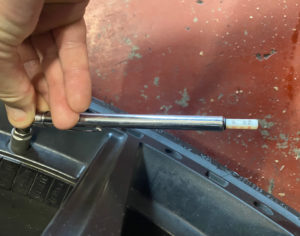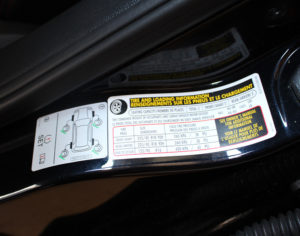Does Temperature Impact Tire Pressure?
Outside temperature can have a significant impact on tire pressure. When it’s cold out, the pressure can decrease so much that you get a tire pressure warning light. In this article, we will go over why and how temperature affects tire pressure, and what you can do to keep your tires properly inflated.
How Does Temperature Impact Tire Pressure?
Cold air takes up less volume than hot air. When it’s cold out, you can expect a 1-2 PSI drop for every 10 degrees the temperature goes down.
When the temperature is warm, air expands and takes up more volume. The
air pressure in your tires will increase by 1-2 PSI for every 10 degrees the temperature goes up.

How to Deal with Temperature-Related Low Tire Pressure
Regularly checking your tire pressure and adding air as needed is the best way to prevent underinflated tires, regardless of the outside temperature.
Check Tire Pressure Regularly
Tire pressure gauges are inexpensive and are available at most auto parts stores. Checking tire pressure is easy. Simply remove the valve stem cap on the wheel and place the gauge on the end of the valve. Depending on the style of the gauge, you will get a digital or analog readout telling you the air pressure in your tire.
The best time to check the pressure is when the tires are cold. Driving heats up the air in your tires, and as we learned above, hot air takes up more volume.

Tire pressure will increase around one PSI every five minutes for the first 15-20 minutes you are on the road. Wait at least two to three hours after driving before checking tire pressure.
Add Air When Necessary
Most people do not have a way to add air to their tires at home. Given that the air pressure in your tires will change while you drive, you should write down the reading you got when the tires were cold. When you get to a gas station or service center, add air to the tires based on the cold reading.
How Much Air Pressure Do My Tires Need?
If you are unsure what PSI your tires should be, you can find this information on a panel or sticker on the driver’s door jamb. Add air and re-check until the tires are at the recommended PSI.

Is it Bad to Drive on Underinflated Tires?
Yes! Driving on underinflated tires can lead to poor handling, faster tread wear, and reduced fuel economy.
Tire Service at Matson Point S
While temperature impacts tire pressure, if you are topping off a tire multiple times a month, a leak or puncture may be to blame. You can trust Matson Point S for all your tire needs, from flat repair to tire replacement. Give us a call or schedule an appointment at our shop in Riverton, Utah today!
